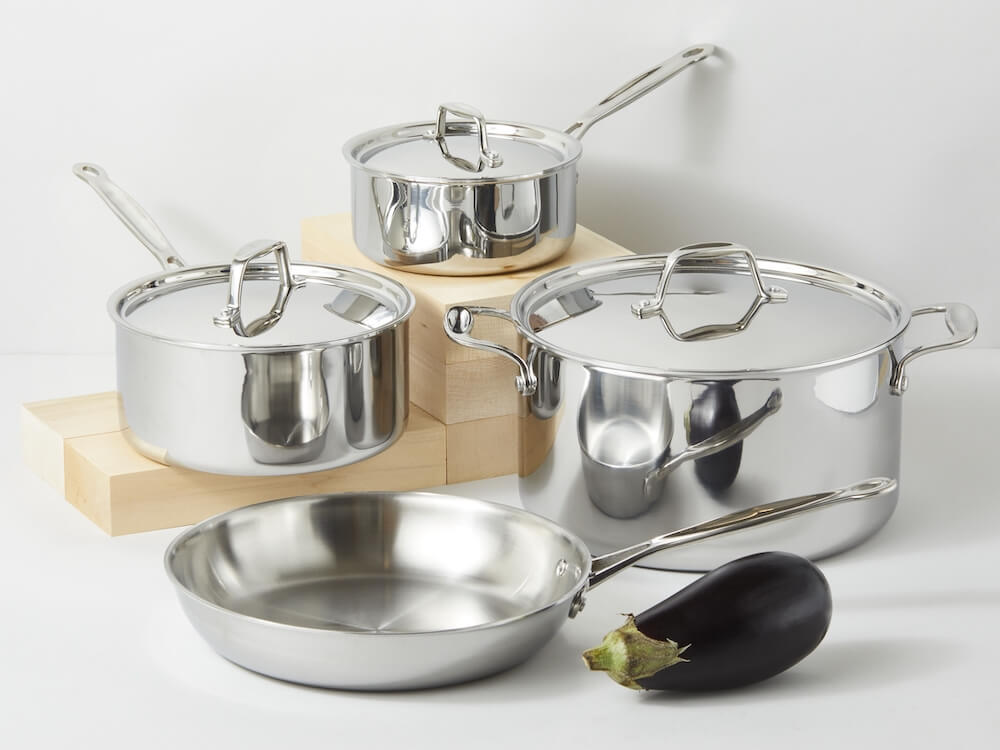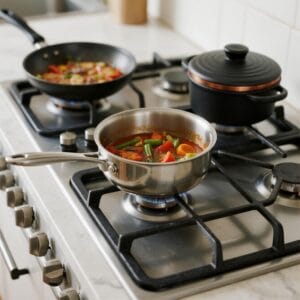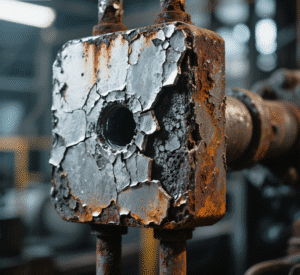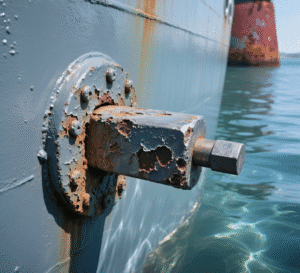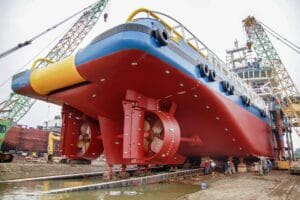Struggling to find the best tri-ply cookware? Confused by claims? "Best" means different things to everyone, making it hard to choose wisely. Let’s break down what truly matters.
There isn’t one single "best" tri-ply cookware brand or set. The best choice depends on your priorities: cooking performance, long-term durability, budget, and even handling feel. Quality tri-ply balances stainless steel’s resilience with a core for excellent heat distribution .
Everyone asks me, "What’s the best?" But honestly, the answer isn’t simple. What one person loves, another might find lacking. It comes down to personal needs and what you value most in your kitchen tools. Let’s dig into the details to help you figure out what "best" means for you.
What is the best tri-ply cookware?
Still unsure what makes one tri-ply better than another? Worried you’ll pick based on hype, not substance? Let’s define what quality really looks like in tri-ply cookware.
Defining the "best" tri-ply involves looking beyond brand names. It means evaluating factors like heat performance, material quality, construction, handle comfort, durability, and how well it fits your cooking style and budget. It’s about finding the right balance.
In my experience, people often ask for the "best" brand, but true quality goes deeper. What I look for, and what many discerning buyers value, isn’t just a label. It’s a combination of factors that contribute to a great cooking experience day after day.
Key Factors Defining "Best" Tri-Ply
Here’s what I consider essential when evaluating tri-ply cookware:
| Factor | Why It Matters | My Perspective |
|---|---|---|
| Design | Functional (e.g., rolled lips, lid fit) & Appeal | Should look good, but work even better. |
| Handling | Comfortable weight, ergonomic handles | Must feel balanced and secure in your hand. |
| Efficiency | Even heating, responsiveness | Prevents burning, cooks food consistently. |
| Durability | Resists warping, scratching, lasts years | A long-term investment, not a disposable item. |
| Practicality | Easy to clean, versatile for daily meals | Needs to fit into real-life cooking routines easily. |
Finding cookware that ticks these boxes is finding your best. It’s about that sweet spot where performance meets usability and longevity. For me, the best tri-ply is well-designed, comfortable to use, efficient in the kitchen, and built to last for practical everyday cooking.
What are the disadvantages of tri-ply stainless steel?
Thinking tri-ply is perfect? Aware it might have downsides? Knowing the potential drawbacks helps you make a fully informed decision before you invest your money.
The primary disadvantages of tri-ply stainless steel cookware are its higher cost compared to basic stainless steel and its increased weight due to the multi-layer construction, which some users might find heavy .
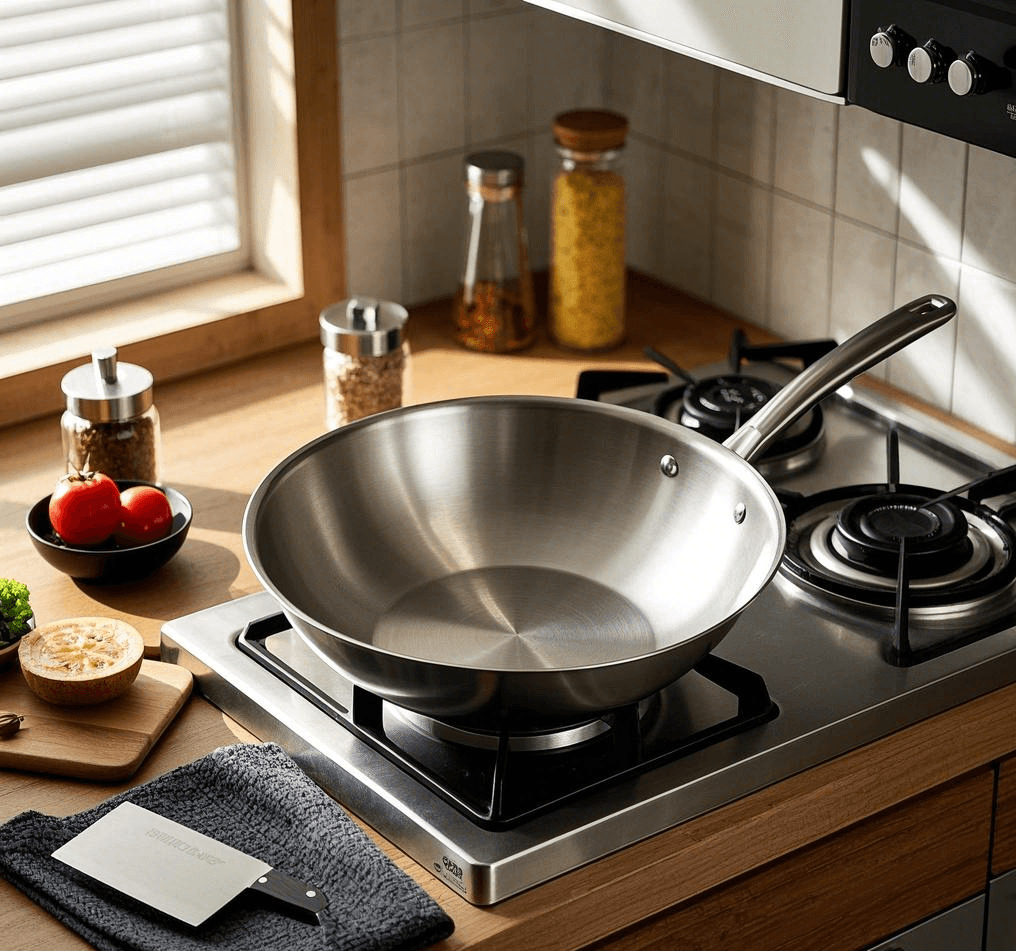
While I believe tri-ply offers excellent value, it’s important to be aware of the common trade-offs compared to simpler cookware. Understanding these points helps manage expectations.
The Price Factor
Yes, quality tri-ply generally costs more than basic single-layer stainless steel or aluminum pans. This higher price reflects the more complex manufacturing process. Bonding multiple layers of metal together seamlessly requires precision and advanced technology. You’re paying for the enhanced performance – specifically, the superior and even heat distribution provided by the conductive core, usually aluminum . For many serious cooks and commercial buyers I work with, this performance boost justifies the investment over the long term because it leads to better cooking results and potentially less food waste from burning.
The Weight Factor
The three-layer construction naturally makes tri-ply cookware heavier than pans made from just aluminum or a single layer of steel . This added weight can be a downside for some home cooks, especially those with strength limitations or who prefer very lightweight pans for techniques like flipping food with a flick of the wrist. However, the weight also contributes to the pan’s stability on the cooktop and its substantial, durable feel. It feels solid and less likely to slide around. It’s a balance between heft for stability and ease of handling.
Which one is better, triply or stainless steel?
Confused between "tri-ply" and regular "stainless steel"? Wondering if the extra layers make a real difference? Let’s clarify the key distinction to see which suits your needs best.
"Better" depends on priorities. Tri-ply is generally better for heat distribution due to its aluminum/copper core, ensuring even cooking. Basic stainless steel excels in durability and lower cost but heats less evenly on its own .
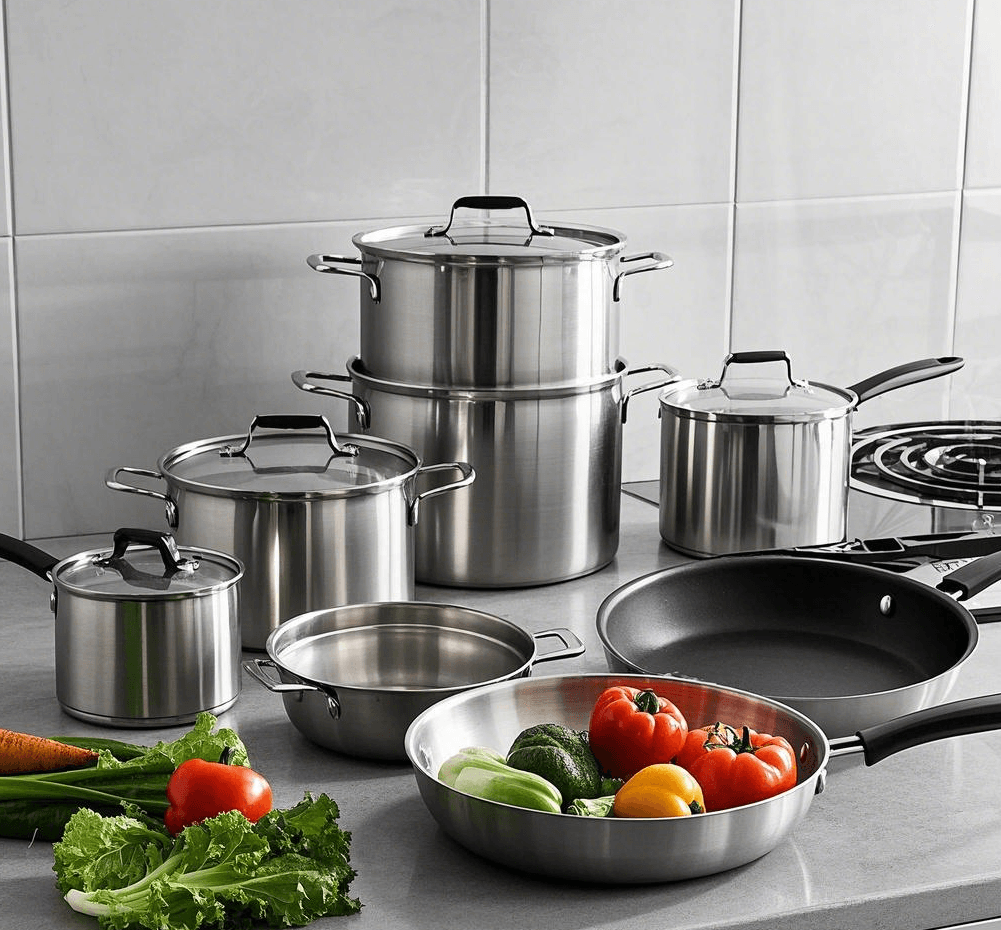
This is a frequent question I get from clients trying to source materials or finished cookware. It’s crucial to understand that "tri-ply" is a type of stainless steel cookware. The difference lies in its construction, which significantly impacts cooking performance.
The Core Difference: Heat Management
Standard stainless steel pans are typically made from a single sheet of steel. While very durable and non-reactive, stainless steel itself doesn’t conduct heat very efficiently . It sandwiches a layer of highly conductive material (usually aluminum, sometimes copper) between two layers of stainless steel. This core layer spreads the heat rapidly and evenly across the entire cooking surface, including up the sides in fully clad pans. This means much better temperature control and more consistent cooking results, reducing the chance of scorching or undercooking different parts of the same dish.
Comparing Key Aspects
Here’s a quick comparison table to highlight the main differences:
| Feature | Tri-Ply Stainless Steel | Basic Stainless Steel (Single Layer) |
|---|---|---|
| Heat Distribution | Excellent, Very Even | Fair to Poor (prone to hot spots) |
| Responsiveness | Good (responds quickly to heat changes) | Slower to heat up and cool down |
| Durability | Excellent (durable steel surfaces) | Excellent (very tough material) |
| Non-Reactivity | Excellent (safe for all foods) | Excellent (safe for all foods) |
| Weight | Heavier due to multiple layers | Generally Lighter |
| Cost | Higher due to complex construction | Lower initial cost |
So, if consistent, even heating and responsive cooking performance are your top priorities, tri-ply is generally the superior performer.
What is the highest quality stainless steel cookware?
Want to ensure you’re buying truly high-quality tri-ply? Unsure what separates premium from average construction? Let’s pinpoint the markers of top-tier tri-ply cookware manufacturing.
Highest quality tri-ply stainless steel cookware features durable steel grades (like 18/10 interior), a substantial conductive core (aluminum/copper) extending up the sides, sturdy riveted handles, and precise construction for longevity and optimal performance.
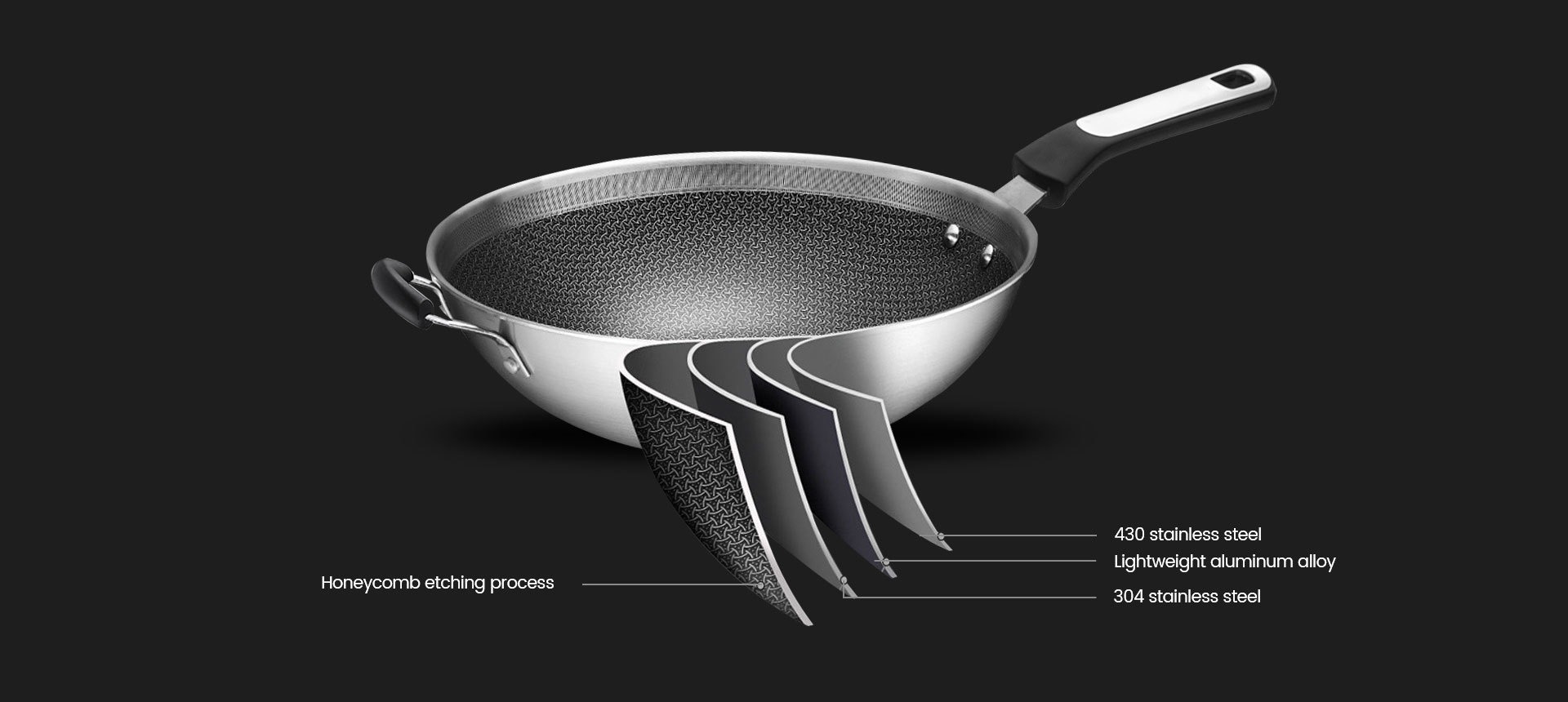
When we talk about the "highest quality" within the tri-ply category, we need to look beyond just the basic three-layer concept. Specific details in materials and construction methods are what truly separate good cookware from exceptional, long-lasting pieces.
Material Grades and Core Construction
Top-quality tri-ply often uses 18/10 stainless steel for the interior cooking surface. The "18/10" refers to the percentages of chromium (18%) and nickel (10%). This composition offers excellent resistance to rust, corrosion, and staining, plus it provides a stable, non-reactive surface safe for all foods [^4]. The exterior layer might be 18/0 (magnetic) stainless steel to ensure compatibility with induction cooktops. Crucially, the quality and thickness of the aluminum or copper core significantly impact heat performance [^4] [^6]. Higher-end lines often feature thicker aluminum cores for better heat spreading and retention. They might also be "fully clad," meaning the layered construction extends all the way up the sides of the pot or pan, not just on the base.
The Importance of Thickness (My View)
From my perspective supplying tri-ply circle materials for cookware production, thickness is a critical factor that directly impacts both performance and durability. While excessively thick pans can become too heavy, there’s definitely an ideal range. Based on years of hands-on experience and feedback from manufacturers, I find that a total material thickness between 2.0mm and 2.2mm offers the best balance. This range provides substantial enough mass for even heating and resists warping, yet remains manageable in weight. Going up to 2.5mm is generally the practical upper limit for most cookware before it becomes cumbersome. Personally, I’m cautious about materials under 2.0mm for tri-ply; I’ve seen higher rejection rates during quality control in factories and a greater risk of damage like denting or warping during regular kitchen use. This thickness range ensures both good cooking performance and the long-term durability customers expect from a quality investment [^6].
Construction Details: Handles and Finish
Beyond the body material, look for sturdy handles that are securely attached, typically with robust rivets. Riveted handles are generally considered more durable than welded ones for heavy-use cookware. Ergonomics matter too – the handle should feel comfortable and balanced in your hand. Finally, examine the overall fit and finish. Smooth, well-polished edges, lids that fit snugly without rattling, and a seamless transition between layers all indicate higher manufacturing standards and attention to detail [^6]. These seemingly small things contribute significantly to the cookware’s usability and lifespan.
Conclusion
The "best" tri-ply cookware isn’t about a single brand. It’s the right mix of performance, durability, feel, and price for your needs. Focus on quality construction features.

